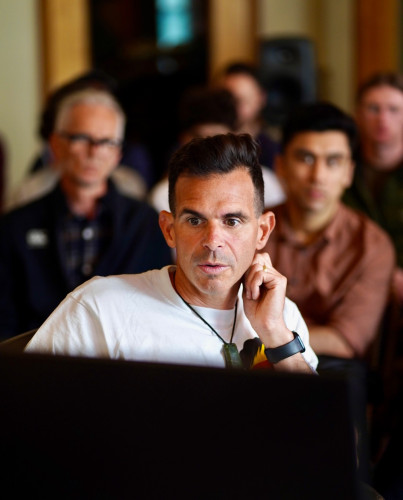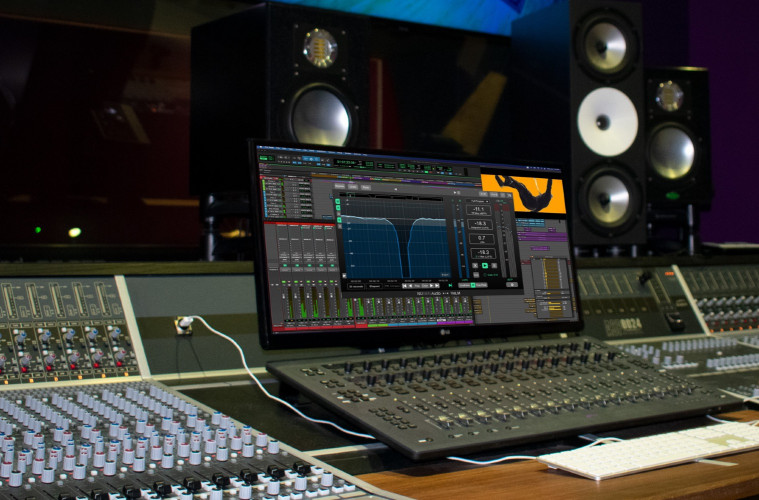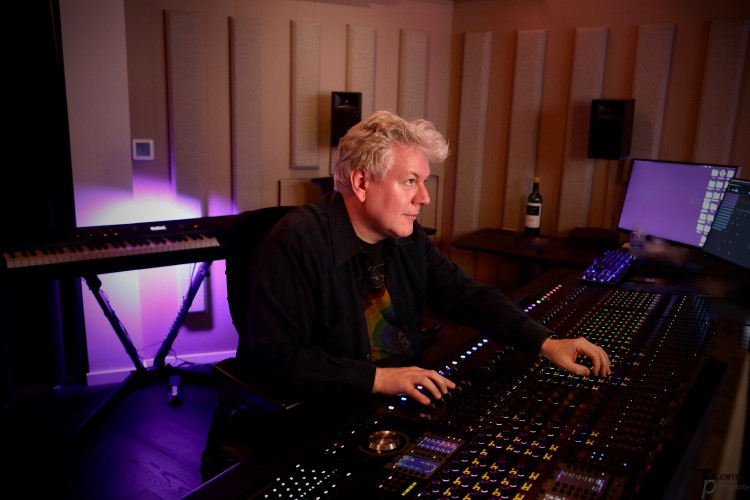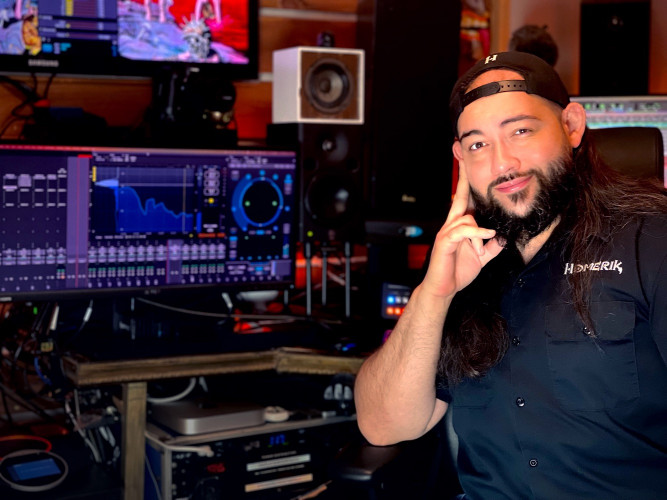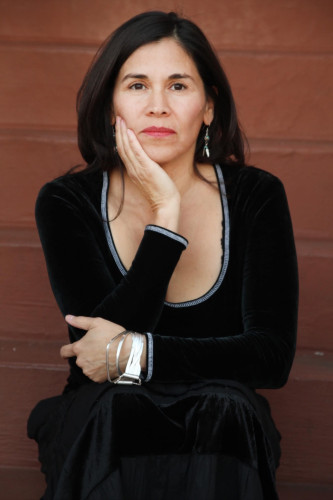Ask the Experts - Loudness

Author: Bob Pank#
Published 1st August 2012
Introduction:
Loudness level inconsistencies are one of the most common problems in the broadcast industry. Loudness standards are now being introduced as discontinuities in audio levels between programs, or between programs and advertisements, have been the cause of viewer complaints – in fact they are the number one cause. Of course anything that causes complaints is a concern to broadcasters – complaints mean dissatisfied customers, reduced revenue from subscriptions and lowered ads, and now with the introduction of legislation, fines.
Why should I care about the new loudness standards?
Loudness issues are not only limited to how loud a program is. A common issue concerns indistinct dialog, which makes it difficult to hear a program’s presenter or actors over the background soundtrack and music. In a recent example of this, a flagship popular science series on a major British TV channel was the subject of hundreds of complaints as viewers struggled to hear the presenter over an intrusive musical soundtrack. The audio for programs like this is mixed on high-quality studio systems and what sounds good to the engineer, may be very different on the low-fi sound reproduction from most TVs.
Another issue is audio quality, and the hyper-compression that crushes the dynamic range of the original audio source. Hyper-compressed audio sounds relentlessly loud and is very intrusive. The new standards remove the loudness advantage achieved with over compression and so a more dynamic mix becomes a viable, or even desirable alternative.
And finally everyone in broadcasting should care about the new standards, because in many countries they are now enshrined in the law and you'll be risking fines if you don't meet them.
But to put it at its simplest, better audio means happier viewers, as a recent example proves. An Italian broadcaster which was an early adopter of loudness technology found that its channels were quieter as a result, but its audience figures started rising because channel-hopping viewers noticed how harsh and noisy other channels sounded.
How widespread are the standards?
Standards are global, Asia and Africa excepted. Various names are used around the world for the standards but they are all essentially the same and are based on ITU-R B.S. 1770. There are some slight differences in interpretation but this doesn’t result in any notable difference in what the consumer perceives. In the USA the main measurement is called LKFS and in Europe it's referred to as LUFS, but it's essentially the same thing.
There are lots of different loudness readings. What are they all for and which one should I measure?
The main reading is integrated (or program) loudness – the overall average loudness of the content. Some standards aim for -24 LKFS, and for others it's -23 (the European LUFS measure usually). Beyond this there are quite a few more detailed measures including the short term loudness reading, which measures loudness over the past 3 seconds. Some broadcasters specify a value for this to meet targets for maximum short term loudness values. There is also the momentary loudness reading, which measures over a 0.4 second window. This value varies a lot during the course of a program and measuring it is a way of making sure no sudden peaks occur.
Another value, True Peak Level, is not strictly a loudness measure at all but a measurement of the inter-sample peak. Maximum peak measurement is specified in order to avoid noticeable clipping and distortion, but because of the way audio is sampled, the real audio level may have gone above the maximum peak level in between samples. True Peak Level is designed to measure that real level. It's important because broadcasters send their audio through various pieces of equipment which convert from D to A and back, and so during the conversions limit-exceeding peaks may be introduced, causing clipping. Converting from one codec to another may also introduce clipping. True Peak readings give better confidence that this will not happen.
Finally, LRA is a measurement of loudness range and this is only a useful measure on a longer piece of audio to give a reading of the difference between the main quieter and louder sections. This is very much a context-based measurement: cinema transmissions may have a value of 25, 20 or 15 LKs, but 20 would be way too much for television, where 15 to 5 would be appropriate.
How do I set my brick wall limiter to be safe enough? Are there any PPM or QPPM equivalents?
People who use brick wall limiting (very high ratio and fast attack times) to stay within peak level still may go above true peak level, and in fact the more you drive the brick wall, the more you are likely to produce True Peak Level clips. It’s impossible to set a brick wall to be safe enough and while you can get round this by using PPM or QPPM to add an extra margin as a safety net, this artificially limits the freedom you have in mastering. So the idea of the True Peak Level is that it allows more of the headroom to be used without the danger of introducing clipping.
What do current audio measurement tools provide for measuring and correcting loudness?
The tools from NUGEN Audio give an objective evaluation of the loudness according to how the ear perceives it. This is important because most audio measurement tools measure how loud the sound seems to the computer measuring it. To the ear, shouting can seem louder than a gunshot because it's more sustained, for example. For dialog clarity you could specify the minimum number of loudness units the dialog needs to be louder than the soundtrack, as an internal objective check listening subjectively and mixing on a high quality studio system, because the perceived separation may not be there on the small speakers in a consumer TV
NUGEN Audio produces a range of real time editor-based and file-based loudness analysis and correction tools, appropriate for scenarios from solo production engineers through ingest and right into broadcast edit suites. The products are designed to make the sometimes complex issues of loudness metering easier to negotiate, with intuitive solutions to get the problems solved rapidly. VisLM provides visual loudness metering with history and logging, standalone or editor-based plugin. LMB (Loudness management batch processor) is an automated file-based analysis and correction application. LMCorrect, an Avid editor based correction for ProTools and MediaComposer, provides analysis and automated correction. The choice of tool depends on the scenario: VisLM provides detailed analysis and is a mixing tool that can be used in real time to understand the loudness make up of your audio, while LMcorrect is more of a compliance tool.
What emerging trends are there?
The introduction of loudness standards has suddenly focused attention on audio quality in general, so other aspects of audio are now coming under the spotlight. Hyper-compression and unnecessary limiting is one of these. Much of the reason why adverts often appear so loud on television is because of the hyper-compression. It's a quality issue – advertisers all wanted their ads to be louder than everyone else’s. Now we should start to see much more attention paid to quality. Loudness range is objectively measurable with LRA, so we will be able to investigate situation sensitive dynamic range considerations: for example if you are sitting with your 5.1 system at home and everyone is quiet, you can have a very wide dynamic range. But if you are watching a podcast on the train, you need a low dynamic because of the background noise. These are all new possibilities opened up by loudness parameters. Another new trend will be the increased examination of surround sound and upmixing. The whole question of audio continuity is also likely to be raised to address the continuity of background noise and transitions between programs. There's a lot of opportunity to look at how the industry can make better audio.






